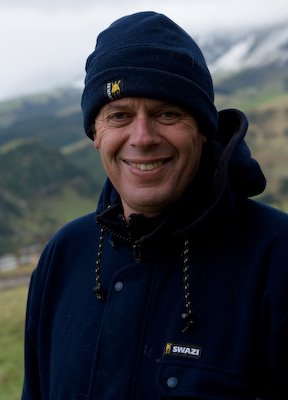The Inexpressible Joy of Sadness

Kia ora tatou:
In the comments on the last post, Peregrina talks of wabi sabi and quotes Edward Fowler in "One Hundred Things Japanese". Of sakura, Fowler writes: "
... the short-lived blossoms affirm most profoundly the Japanese aesthetic: that what is beautiful in nature and in human life rarely lasts, that evanescence itself is a thing of beauty, and that nostalgic memories of what has fallen at the height of glory are the most beautiful of all."
What a fabulous thing to share. Thank you so much. You see, yet another penny has dropped into place. (I feel a bit like a biological parking meter). Allow me to explain.
I mentioned Ansel Adams as one of my inspirations (Art teachers refer to this as the artist’s model). But there have been others. A long time ago, after I had passed the how-to phase in my self-education as a photographer, I found myself fascinated by the work of the Greats. Truly their number has been legion. Karsh, Newman, Manos, Godwin, Robin Morrison, Winogrand to name but a few. I would look at their work and study their biographies, looking for clues to my own direction. And all of them, for a time, would have their say in what I did, and how I came to my picture making. But there is one you have probably never heard of, about whom I would like to talk.
My good friend Gordon Roberts, whom I have known since boyhood, and whose passion for photographing the natural world got me into photography in the first place, was in the process of downsizing his assets to make it easier to cope with his frequent shifting around the country. As he left for his next adventure, he gave me a copy of a book called ‘Japanese Rivers in the Four Seasons’ by master photographer Takashi Komatsu. Komatsu had spent a year and 300 000km journeying the length and breadth of Japan, to create an exquisite essay on rivers. A long lonely journey, I suspect, using a 4x5 and transparency film. The nature of the images and his brief comments show a dedication and commitment that were quite astonishing.
But it was the images themselves that got to me. There was something infinitely beautiful and at the same time sad about the images. There was an exquisite distillation of his subject material, a simplicity and refinement of subject material into something so subtly pure that it was easy to skip over it and miss the nuances. Colour, form, time and intention all seemed to meet at a single point.
I read the book again and again, looking for a key to understand, to add to my photographic vocabulary. And I found many keys. I have continued to find them. Only lately have I come to realise that each key I found was the one appropriate of where I was at the time, that the keys metamorphosed each time I revisited the work. So I gained an understanding of colour composition at a time when I needed feeding in that area. I learned something of the Nature of Journey at a time when that was appropriate. But the true essence of his work eluded me. Until now.
Looking at the concept of wabi sabi, it is clear that what he sees is the inexpressible Joy of Sadness. And, artist that he is, Komatsu attempts to express what he sees. His perfection is a transient one, captured in halides and dyes. His awareness of the passing of things is, nonetheless captured for a moment. His artist’s statement reinforces this. He can see the beauty of his rivers being gradually eroded by ‘civilisation’ and industrialisation, and like Adams, he attempts to halt this by holding a mirror up for his society to see.
In my journeying around New Zealand, I have visited and photographed some extraordinary places. The image above was made in the Ruapehu District, just west of Waiouru. After being held by the snow in Turangi, I was heading south. I came up around a bend and this scene called to me. I stopped, got out and studied it.
I have always loved snow and its inherent transience. It falls, is strong for a time, flexes its muscles briefly, then fades away. Looking at snow is like looking at the Passing of Time. Everything passes. The simplicity and monochrome palette somehow added a poignance to my feelings. The fences and trees were only temporarily overwhelmed. In a day or two it would all be gone. And only this image would remain. for a little longer.
For me this is one of those images, the really significant ones, which ask as much as they give.
Mono no aware. The Inexpressible joy of Sadness.
Ka kite ano




